 We’ve all been there, standing at the crossroads of camera choices, trying to figure out which one is the perfect fit for our photography journey. In this ever-evolving world of photography, it’s hard to know what’s the difference between DSLR and mirrorless cameras?
We’ve all been there, standing at the crossroads of camera choices, trying to figure out which one is the perfect fit for our photography journey. In this ever-evolving world of photography, it’s hard to know what’s the difference between DSLR and mirrorless cameras?
So, whether you’re a seasoned pro or an amateur enthusiast, there still seems to be two primary contenders in the market right now and those are DSLR (Digital Single-Lens Reflex) and mirrorless cameras.
Both of these cameras offer unique features and advantages which only makes the decision-making process even more daunting! This is where I come in to help dissect the key differences to help you make an informed choice.
But, before I get started, here is a brief description of the two:
DSLR:
- Has a mirror and pentaprism or pentamirror to reflect the image seen through the camera’s lens directly into the viewfinder.
- Known for their larger image sensors, which contribute to excellent image quality (especially in low-light conditions).
- Tends to be bulkier and heavier due to their mirror and optical viewfinder components.
Mirrorless:
- Do not have the mirror mechanism found in DSLRs.
- Have a digital display system, typically an electronic viewfinder (EVF) or a rear LCD screen.
- Allows for a more streamlined construction and contributes to their smaller form factor.
What Are the Different Video Capabilities?
In recent years, video capabilities have become increasingly important for many photographers. Here are the differences between the two:
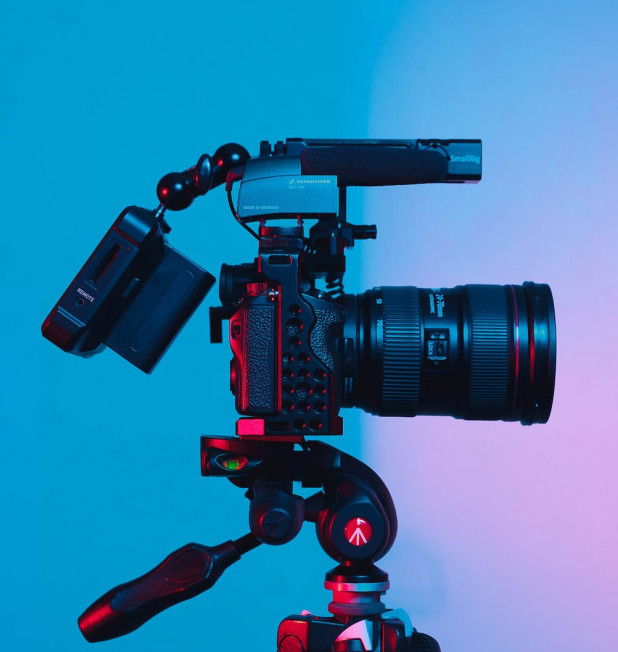
DSLR Cameras: DSLRs are capable of shooting high-quality video, including Full HD and 4K.
However, they may have limitations when it comes to advanced video features, such as high frame rates and in-body image stabilization. This can make them less suitable for professional videography.
Mirrorless Cameras: Mirrorless cameras excel in the world of video. They often feature advanced video capabilities, including 4K and even 8K recording, high frame rates, and in-body image stabilization.
Mirrorless cameras are a popular choice among videographers due to their versatility and video-friendly features.
Let’s Talk About Image Quality and Performance.
Image Quality: DSLRs and mirrorless cameras both offer exceptional image quality. However, some differences exist due to sensor size and technology. DSLRs often come with larger sensors, which can result in slightly better image quality, especially in low light conditions.
The larger sensor size allows for better depth of field control, making DSLRs popular for portrait and landscape photography. However, it’s important to note that the gap in image quality between DSLRs and mirrorless cameras has significantly narrowed in recent years, with mirrorless cameras delivering excellent results.
Performance: When it comes to performance, mirrorless cameras have gained a reputation for their speed and accuracy. The contrast-detection auto focus systems in mirrorless cameras allow for quicker and more precise focusing.
This is especially helpful for capturing fast-moving subjects, making mirrorless cameras a preferred choice for sports and wildlife photographers. DSLRs, while still fast and reliable, may not match the instantaneous focus capabilities of mirrorless counterparts.
Another thing is mirrorless cameras often offer silent shooting modes, which can be crucial for discreet photography, like wedding or street photography.
What About Lens Compatibility?
Lens compatibility is a consideration for photographers who already own a huge collection of lenses or plan to invest in more.

DSLR Cameras: DSLRs offer a vast selection of native lenses and the advantage of compatibility with older lenses through adapters.
This legacy lens compatibility can be a significant benefit for those with an existing collection of lenses.
Mirrorless Cameras: Mirrorless systems are catching up quickly in terms of lens availability.
Many manufacturers have expanded their mirrorless lens lineups, offering a variety of focal lengths and specialties.
Fortunately, adapters are available to use DSLR lenses on mirrorless bodies, ensuring compatibility.
However, some limitations may exist when adapting DSLR lenses, such as slower auto focus performance and potential loss of certain features.
You’ll Want a Good Battery Life
Battery life is a practical concern for photographers who need their cameras to last through extended shoots or videos.
DSLR Cameras: DSLRs typically have an advantage in this department due to their optical viewfinders. The camera’s sensor is not constantly active, which means DSLR batteries tend to last longer, often allowing for hundreds of shots on a single charge.
This can be helpful for events like weddings or wildlife photography where you need your camera to last all day!
Mirrorless Cameras: Mirrorless cameras, with their electronic viewfinders or LCD screens, tend to consume more power. However, advancements in battery technology and camera efficiency have improved mirrorless camera battery life significantly.
Many modern mirrorless cameras can also be charged through a USB, making it easier to keep them powered up while on the go.
While mirrorless cameras may not match DSLRs in battery life, they are no longer a significant disadvantage either.
What Are The Different Prices Ranges?
Budget is a critical factor for most photographers when choosing between DSLRs and mirrorless cameras.
DSLR Cameras: DSLRs are often more budget-friendly, especially for entry-level models. You can find a wide range of DSLRs at various price points, making them an attractive option for those who want to start with a capable camera without breaking the bank.
Mirrorless Cameras: While mirrorless cameras tend to be more expensive than entry-level DSLRs, they do offer advanced features and technology that can justify the higher price tag.
However, the market now offers more affordable mirrorless options, catering to photographers with different budget constraints. Investing in a mirrorless camera can be seen as a long-term investment in the latest camera technology.
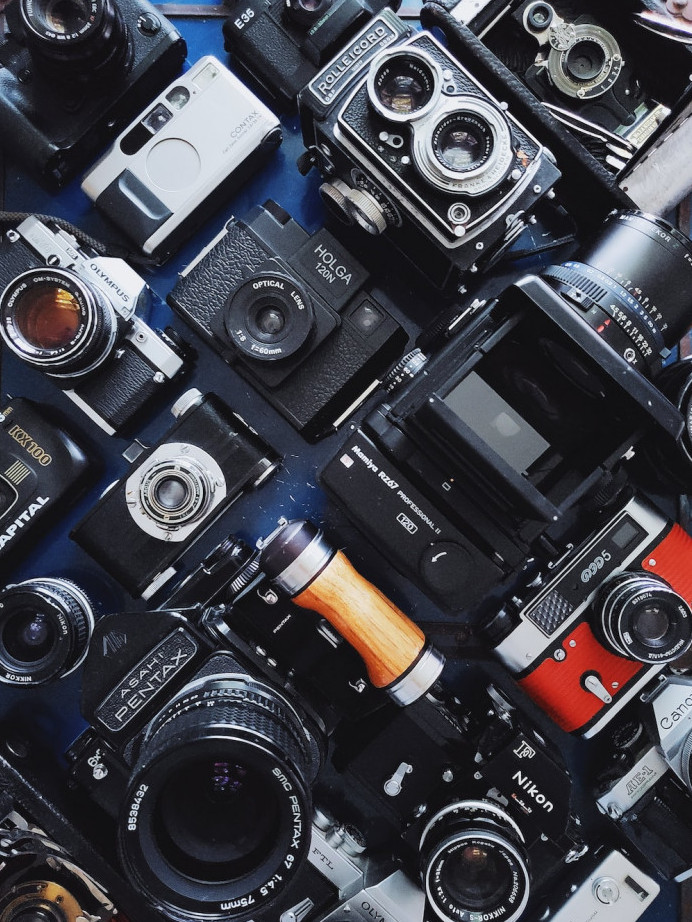
To Wrap Things Up…
Both DSLR and mirrorless cameras have their pros and cons, and the choice ultimately depends on your individual needs and preferences.
Evaluate your photography goals, budget, and specific requirements carefully before making a decision. Whether you choose the classic reliability of a DSLR or the cutting-edge technology of a mirrorless camera, both can help you capture stunning images that tell your unique story.
Remember that technology continues to advance, and both camera types will likely see improvements in the future.
Whichever you choose, stay creative!
And as always, please feel free to leave any comments, questions, or concerns below!

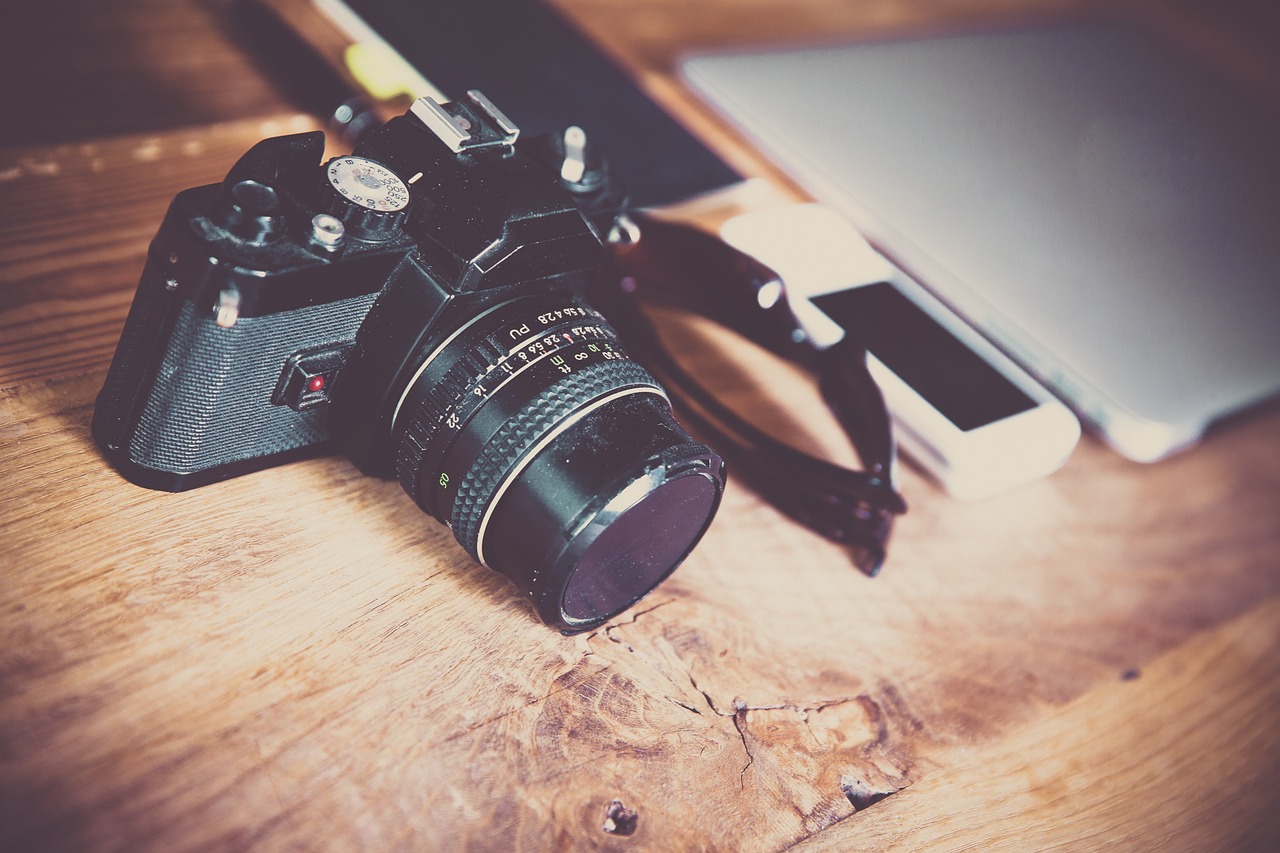
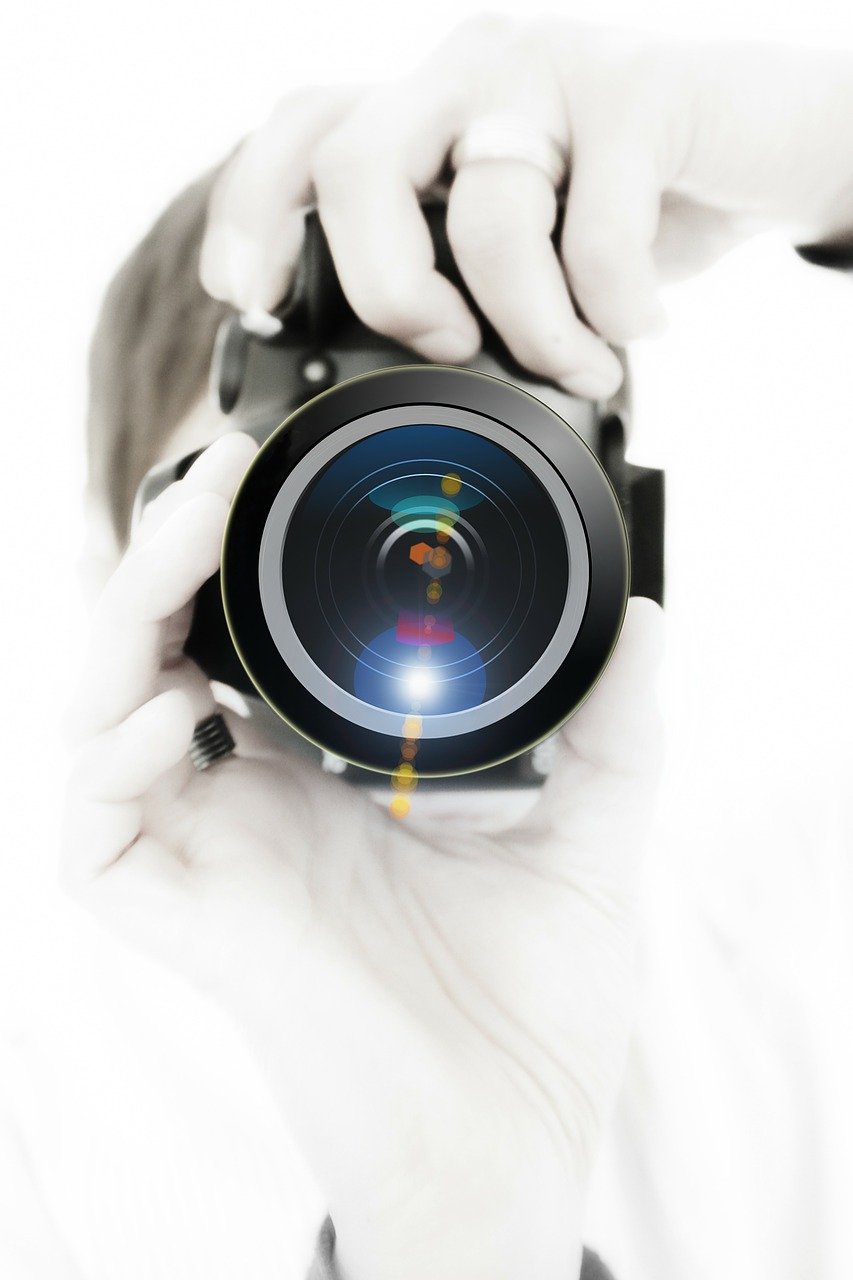
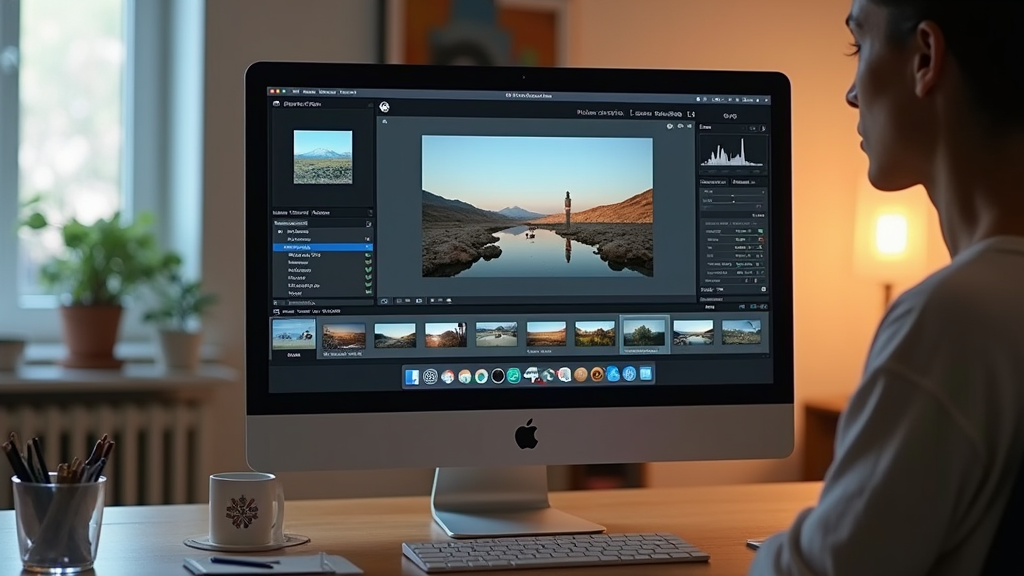
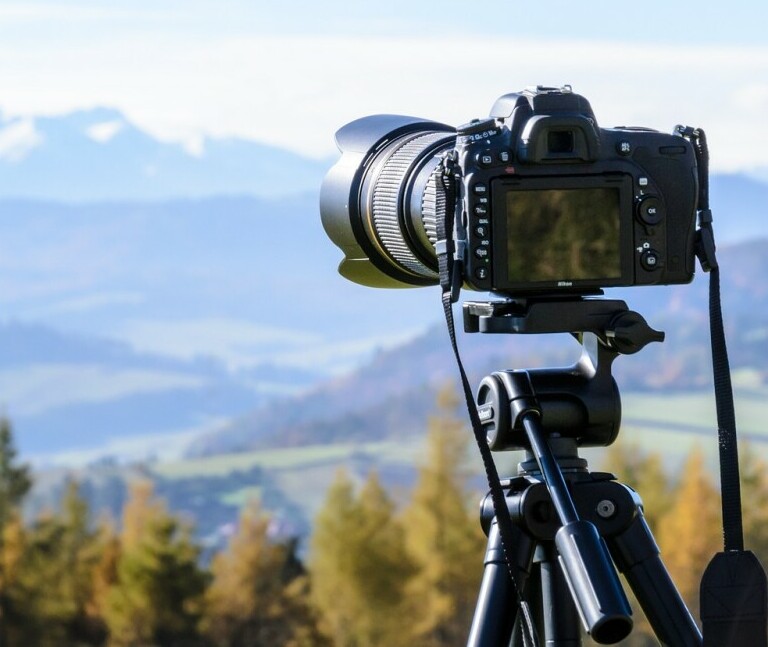
Hey, DSLRs and mirrorless cameras are both cameras, but they’re kind of different. I’ve tried both, and DSLRs are big and tough, like a tank. Mirrorless ones are smaller and have fancy screens. I think mirrorless cameras are cool because they’re small and high-tech, but some people still like the big, tough DSLRs. It’s kind of like choosing between a big SUV and a speedy sports car – it depends on what you like and need.
Thank you for your response, Jake! It sounds like you have quite a bit of experience with DSLRs. You’re right, it does depend on preference.